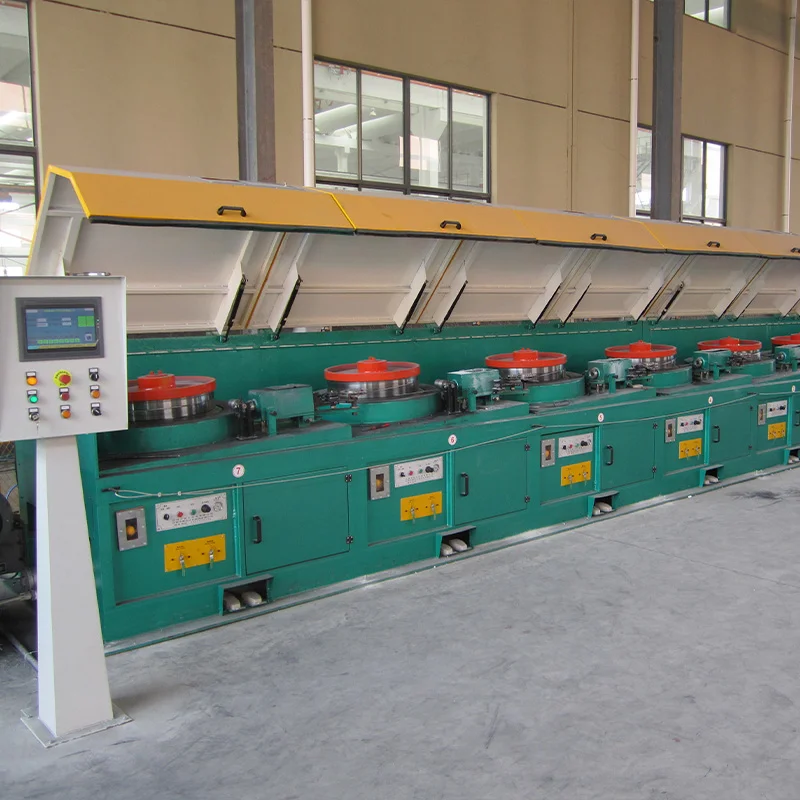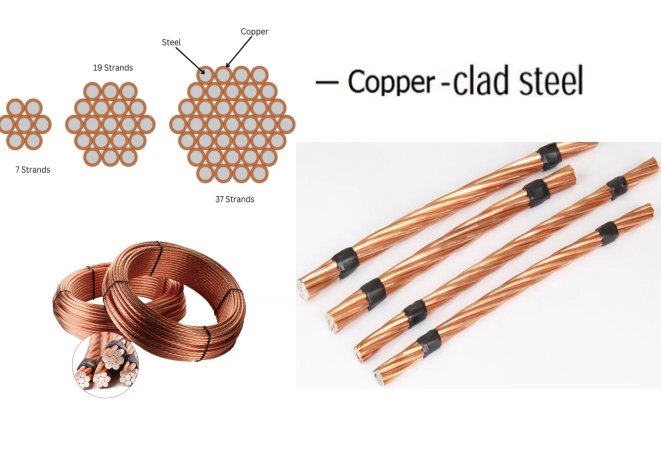In the modern era of industrial manufacturing, precision, durability, and efficiency are key drivers of competitiveness. The industrial stainless steel wire drawing machine stands out as a vital piece of equipment for transforming raw stainless steel rods into fine wire used across various industries. In this blog post, Yifam, a high performance automatic wire drawing machine exporter, will share the advantages of industrial stainless steel wire drawing machine for sale.
1. Enhanced Material Strength and Surface Finish
One of the most important advantages of using a wire drawing machine is the significant improvement in material strength. The process of drawing stainless steel through a series of dies under controlled tension alters its grain structure through plastic deformation. This not only improves tensile strength and hardness but also ensures a smooth, uniform surface finish.
Furthermore, surface defects that may exist on raw material are effectively eliminated, resulting in a product that meets strict quality and aesthetic standards—particularly important in the medical, food-grade, and decorative stainless steel wire markets.
2. High Precision and Dimensional Accuracy
Industrial wire drawing machines are equipped with advanced control systems and precision-engineered dies that allow the production of wires with exact diameters and consistent cross-sections. These machines often feature automatic tension control, laser diameter monitoring, and synchronized motor drives to ensure uniformity throughout the production process.
This level of accuracy is essential for industries like electronics, where even slight deviations can compromise functionality and safety. With adjustable drawing speeds and programmable logic controllers (PLC), manufacturers can maintain high standards while minimizing human error.

3. Wide Range of Applications
The versatility of stainless steel wire drawing machines enables them to handle a variety of stainless steel grades and wire dimensions. From fine wires for surgical instruments and precision springs to thicker wires for fences, cables, and welding rods, the equipment can be tailored to meet diverse industry needs.
Moreover, multi-pass drawing machines can handle both cold drawing for better strength and wet drawing for enhanced surface quality. This adaptability makes them a practical investment for both specialized producers and high-volume manufacturers.
4. Increased Productivity and Cost Efficiency
Modern wire drawing machines are engineered to support continuous and automated operation, significantly improving production efficiency. High-speed drawing capabilities reduce cycle times, while advanced lubrication systems and efficient cooling mechanisms ensure minimal wear on dies and tools, extending equipment lifespan.
By streamlining the wire production process, manufacturers can lower operational costs, reduce waste, and enhance output—all while maintaining the integrity of the stainless steel wire. Automation also reduces the labor requirement, further improving the return on investment.
5. Reduced Material Waste
Material yield is a critical metric in any manufacturing process. Stainless steel is a relatively expensive material, and minimizing waste during processing is essential for maintaining profitability. Wire drawing machines help in achieving near-net shape production, meaning the material loss is significantly reduced compared to traditional methods.
Precision control of elongation and consistent tension prevents wire breakage and minimizes rejection rates. This not only conserves raw material but also contributes to more sustainable and environmentally friendly production.
6. Low Maintenance and High Durability
Industrial stainless steel wire drawing machines are built with robust materials and high-performance components designed to withstand the rigors of continuous operation. Key components such as drawing drums, dies, capstans, and guides are often made from hardened steel or coated with wear-resistant materials like tungsten carbide or ceramic.
Additionally, integrated diagnostic and self-lubricating systems help reduce downtime and simplify maintenance routines. This results in a longer service life and greater reliability, making these machines a dependable asset for long-term industrial use.
7. Improved Safety and Automation Features
Modern machines are equipped with automated safety systems such as emergency stop functions, overload protection, and enclosed drawing areas to minimize operator exposure to moving parts. These safety measures reduce workplace accidents and comply with international safety standards.
Moreover, the integration of PLC and HMI (Human-Machine Interface) systems allows for real-time monitoring and control. Operators can easily adjust settings, track production metrics, and troubleshoot issues, all from a centralized digital interface. This not only improves safety but also enhances process transparency and traceability.
8. Customizability and Integration with Production Lines
Industrial wire drawing machines can be customized according to production scale and specific material requirements. Whether it’s a single-block machine for small batches or a multi-block drawing line for high-volume operations, manufacturers can choose configurations that align with their production goals.
Furthermore, these machines can be seamlessly integrated into existing production lines with ancillary equipment such as wire payoff units, annealing furnaces, coilers, straighteners, and cutters, enabling end-to-end wire processing within a single streamlined system.
Conclusion
The industrial stainless steel wire drawing machine is an essential tool for producing high-quality, high-precision wire with consistent mechanical properties and surface finishes. Its advantages—ranging from improved productivity and reduced material waste to enhanced safety and automation—make it an indispensable part of modern manufacturing.
www.yifam.com
Yifam

More Stories
Copper Clad Steel Strand Wire for Solar Farm: Grounding Solution Balances Strength, Conductivity, and Cost
Kaisen: Leading Cyclone Separator Manufacturer Offers High Efficiency at Affordable Prices
Applications of Ozone in Water Treatment: Understanding Processes, Mechanisms, and Advantages